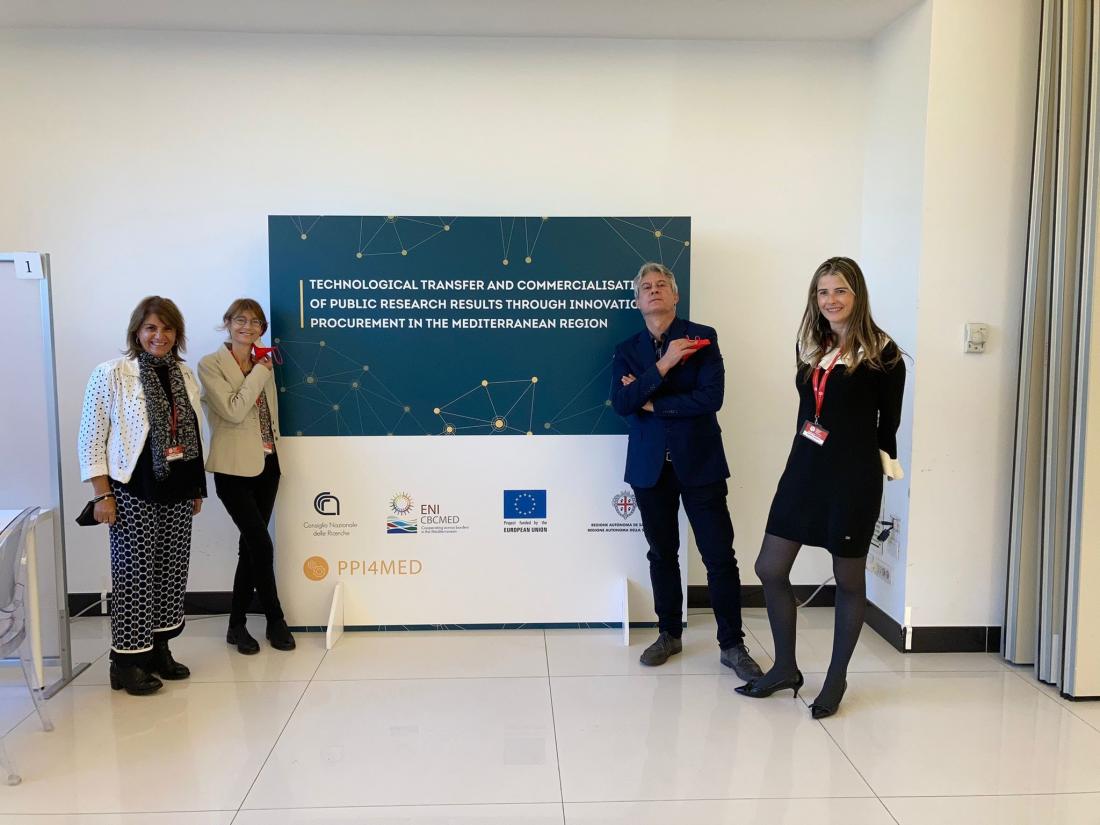PPI4MED in Italy promoted Public Procurement of Innovation

National Research Centres (NRCs) are the main producers of Research and Development (R&D) results in the Mediterranean region, whose results are transferred to the society through different instruments but not through Public Procurement of Innovation (PPI), although public procurement makes up a large share of public spending and at least 17% of the GDP of most Mediterranean countries.
In this context, PPI4MED project gathered NRC from 5 Mediterranean countries to promote the use of Public Procurement of Innovation as an effective tool to facilitate technological transfer of research results.
In the case of Italy, the Consiglio Nazionale delle Ricerche (CNR), Italian partner of PPI4MED, first launched a living lab in March 2021 to better match the needs between public buyers and sellers of innovation. 85 surveys were conducted even if the questionnaire was fully filled in by 20 experts, 23.5% of the possible respondents. A report with all the results has been published .
Moreover, 5 Memoranda of Understandings were signed, and two needs were identified.
The National Capacitation programme took place on July 2023, 6th, 10th and 11th. The training course was done virtually through a training platform. On a basis of about 80 students interested, only 38 trainees, having shown interest in training after participation in the Italian Living Lab and conferences have been selected. The idea was to have little rooms to have homogeneous classes and very interested people. Thirty trainees completed the programme. Among them: mainly public procurers (especially Italian Ministries and local bodies), plus representatives of SMEs and CNR public researchers and technicians.
Meanwhile, the Italian partner analysed more than 100 technologies of which 41 useful for answering to about 20 needs, identified during the main events of the Living Lab. They referred to the following sectors: environment and waste management, health, energy efficiency and energy transition, ICT.
After the second step analysis, the Italian technologies that could be also useful to match the needs recognized at a Mediterranean level were eleven, as reported in the “Matching cross-border needs and technologies” table sent by the project leader for the organization of the Mediterranean Living Lab event
Implementing a pilot on Public Procurement of Innovation and the importance to issue a white paper
A PPI pilot in Italy could not be realised according to the PPI4MED model since the call needed to be open to the market and could not be restricted to a specific institution. PPI is known as the procurement of the products of innovation already available, that are not yet available on a large-scale commercial basis. The purchase of innovative solutions occurs when existing public procurement procedures (e.g., open procedure, competitive dialogue, negotiated procedure) are used to purchase innovative solutions.
It is important to highlight the difference between research and development procurement and pre-commercial procurement (PCP). Through the PCP process, public procurers challenge market players through an open, transparent, and competitive process to develop new solutions to meet a technologically demanding challenge that requires new research and development services. This type of PPI was thought as a procurement for the purchase of research and development services, but not for the purchase of commercial volumes of goods and services (because research and development is limited to the development of a limited number of products/services required to test whether the solution meets the initial procurement need). Where commercial volumes of goods or services are to be purchased, this should involve a separate procurement procedure, as reported in the White paper on PPI in Italy, delivered for the project which is one of the important contribution that PPI4MED project delivered in Italy in order to better understand how to implement a PPI procedure.
Finally, 239 patents, have been analysed together with 44 spin-off . Moreover a and all the procedures and a feasibility plan have been drafted to create a spin-off in the field of diagnostic devises .









